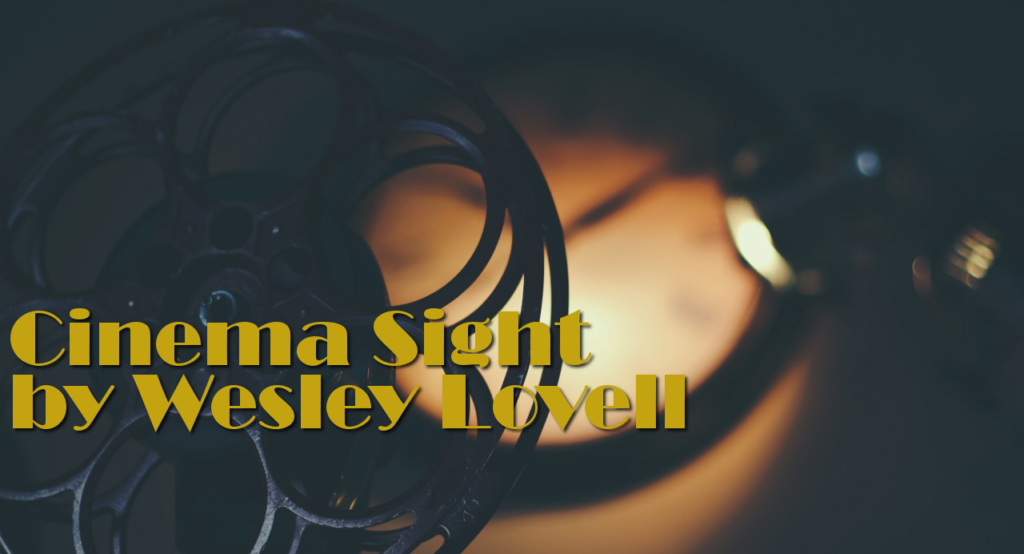1965 is remembered as the year of The Sound of Music. It opened in the U.S. in March and quickly became the biggest box-office hit since Gone With the Wind. People, it seems, couldn’t get enough of its wholesome charms, going to see it over and over again. By year’s end was a phenomenon around the world, going on to play for years in some venues. Critics on the other hand, were split, with more loathing it than liking it.
At the annual gathering of New York Film Critics, it didn’t get a single vote for Best Picture, which was split between six other contenders: Darling; The Pawnbroker; Those Magnificent Men in Their Flying Machines; Doctor Zhivago; A Thousand Clowns and The Knack, with Darling eventually winning.
The National Board of Review, usually the first to vote, needed extra time to view the glut of year-end releases to come up with their annual ten best list and awards. The Sound of Music made the list, albeit in tenth place. Their Best Picture award went to the well received documentary based on the life of the former first lady and world renown humanitarian, The Eleanor Roosevelt Story. It wasn’t until the Golden Globes that The Sound of Music won its first award for Best Picture in the Comedy or Musical category. David Lean, whose Doctor Zhivago won the Best Picture award in the Drama category beat The Sound of Music’s Robert Wise for the Best Director prize.
Wise did emerge triumphant at the Directors Guild, beating Lean as well as Sidney Furie for The Ipcress File; Sidney Lumet for The Pawnbroker and Elliot Silverstein for Cat Ballou.
The rivalry between Doctor Zhivago and The Sound of Music continued with the announcement of the Oscar nominations. Both led with ten each, though the enormously popular Music seemed to have had a clear edge.
With The Sound of Music seemingly out in front, Oscar speculation, as it had the year before, concentrated on the Best Actress category. The alleged rivalry between Julie Andrews and Audrey Hepburn had reached such a fever pitch that during the 1964 Oscar telecast every time My Fair Lady won an award the camera would look for Julie’s reaction and every time Mary Poppins won an award it would look for Audrey’s. The gossip columnists lapped it up. In 1965 they were ready for more of the same, drumming up another fictitious rivalry between the “two Julies”, Music’s Andrews and Zhivago’s Christie, who had been nominated for Darling instead. The two women took the wind out of their sails by posing for pictures together and saying how much they loved one another’s performances.
The also-rans in the Best Picture race were Ship of Fools with eight nominations; Darling with five and A Thousand Clowns with four.
Oscar’s Best Director line-up matched the DGA’s only insofar as Wise and Lean were concerned. Replacing Furie, Lumet and Silverstein were Stanley Kramer for Ship of Fools; David Lean for The Collector and Japanese master Hiroshi Teshigahara for Woman in the Dunes.
A ten Best Picture scenario would certainly have included The Collector which had been nominated for three other Oscars, as well as A Patch of Blue which had been nominated for five and Cat Ballou, which had been nominated for four.
Those Magnificent Men in Their Flying Machines surprisingly was only nominated for one Oscar but was popular enough to have made the list as well.
The tenth slot would most likely have been a tough race between Woman of the Dunes and The Spy Who Came in From the Cold, both of which had received two other nominations and The Pawnbroker, which had received one. Today, Woman of the Dunes, which is shown in college classrooms around the world, would surely take the spot, but at the time the other two films were more popular. My bet would be on The Pawnbroker, whose star Rod Steiger was an early favorite for Best Actor over actual winner Lee Marvin (Cat Ballou).


















Leave a Reply
You must be logged in to post a comment.